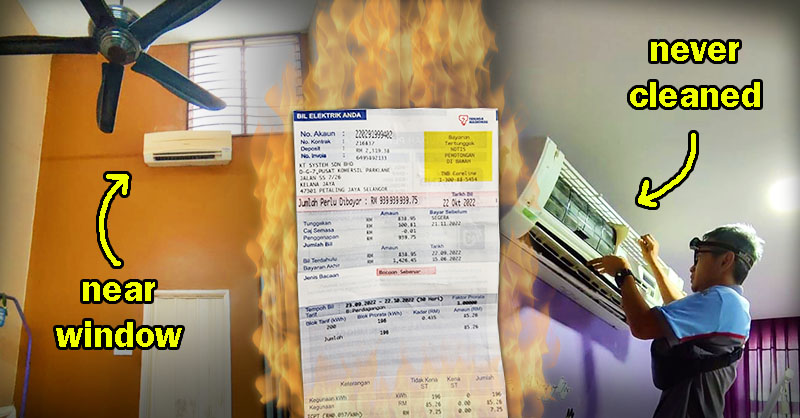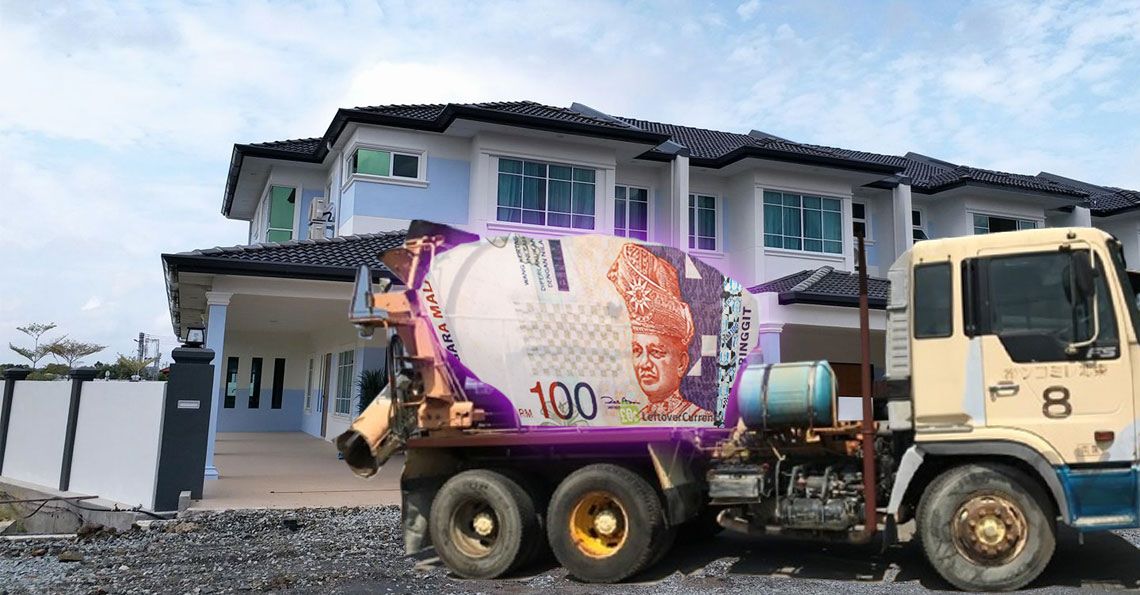The first ever house in Malaysia with electricity is going to be demolished for a cement factory
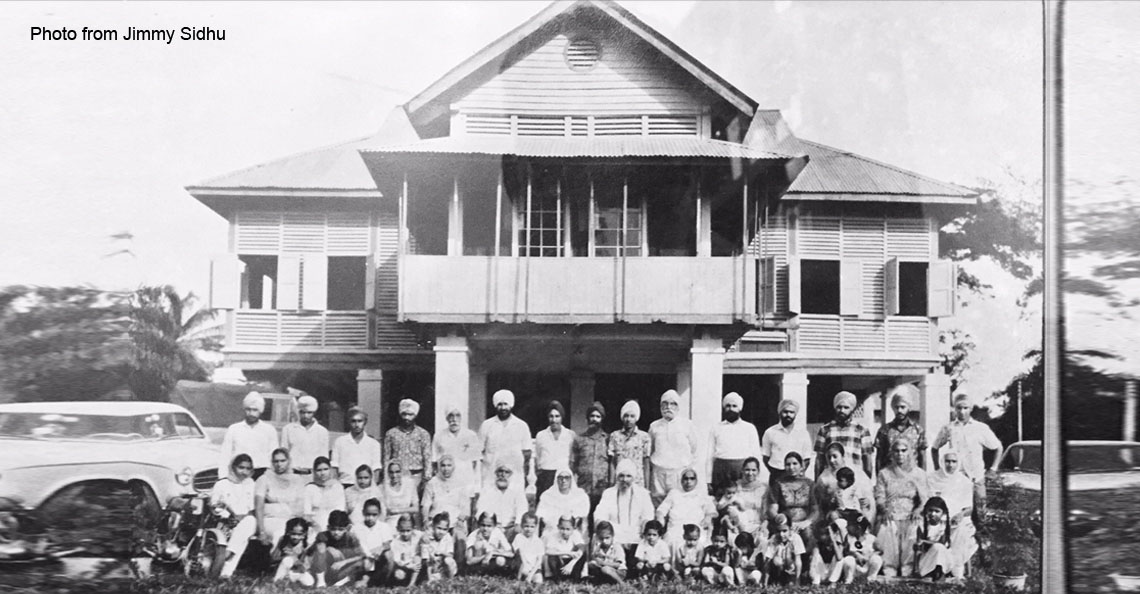
- 1.5KShares
- Facebook1.4K
- Twitter11
- LinkedIn17
- Email16
- WhatsApp59
Last week, a guy reached out to CILISOS about a problem his home in Rawang was facing… And it ain’t termites! Two cement companies want the land it stands on, as they have the mining lease to the land, said the guy, Jimmy Sidhu, in his email. But that would mean the Sidhu family, who have lived in that bungalow for five generations, would have to pack up and leave. Then the companies will proceed to tear down their beloved family home. 🙁
Eviction is not uncommon, when developers or the State decide to develop the area, out the residents go. We’ve covered this in our articles. It’s heartbreaking to watch whole families uprooted, their lives changed almost overnight. More so if they’ve lived there all their lives and have a special connection with their home. More so if they have lived there all their lives, have a special connection with their home, aaand don’t have the finances to buy a proper replacement (of course there’s compensation, but sometimes it’s not enough).
Anyway, we can sympathise with the Sidhu family. But besides their love for their old home, there are a few interesting things about the house that may actually warrant its protection.
It is the first house to have electricity in Malaysia! ZAPPPPP
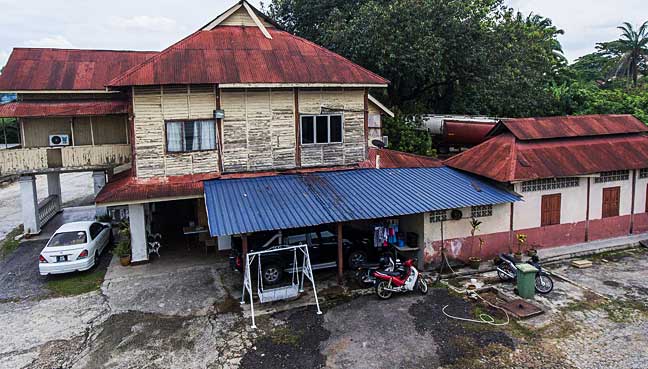
Yep, according to Jimmy, the 97-year-old bungalow is believed to be the first residential house to have electricity in the country!
Actually, the heritage of the Sidhu house, which the family refer to as Grandfather’s House, is very much intertwined with the history of Rawang itself. This town was founded in the early 19th century during the tin mining era, one of KL’s earliest satellite towns. In 1894, the first electric generator in British Malaya was installed in Rawang to support the mining industry, making this town the first location to have electricity in the country.
The bungalow in Jalan Kuala Garing was built in 1920 by British tin mining company, Rawang Tin Fields (now known as Berjuntai Tin Dredging).
“Later, a British accountant who worked with the company lived in it and then sold it to our grandfather in 1959 for RM3,500.” – Jimmy, 42, FMT
WHY CAN’T HOUSES STILL REMAIN PRICED AT RM3,500 BAWWW!!!! 😥
Jimmy says that the Sidhu bungalow should be preserved (more on this later) because of its rich heritage. It has Sino Malay Palladian design, found on many old Penang buildings as well. Palladian architecture is a European style of architecture, characterised by symmetry and strict columns.

Grandfather’s House was originally a 2-storey house with 2 master bedrooms on the first floor, though an extension has since been made on one side, for an office for a palm oil transport company owned by Jimmy and his brothers.
For the community there, the home is also a symbol of unity, where kids from different background would race up the coconut trees every afternoon, to see who could put up the Malaysia flag first. On 31 Aug 1983, Jimmy’s dad, Mahinder Singh, threw a birthday party and invited the whole village.
“Almost 200 neighbours came to our party, bringing traditional food as ‘potluck’, as well as gifts for us. That night, my father bought fireworks, which at that time, could only be purchased by the rich, just to liven the mood and to celebrate Independence Day with the guests. It was really a happy occasion.” – Jimmy on FMT
It’s clear that the house holds many happy memories for not just the Sidhu family, but the close knit villagers as well.
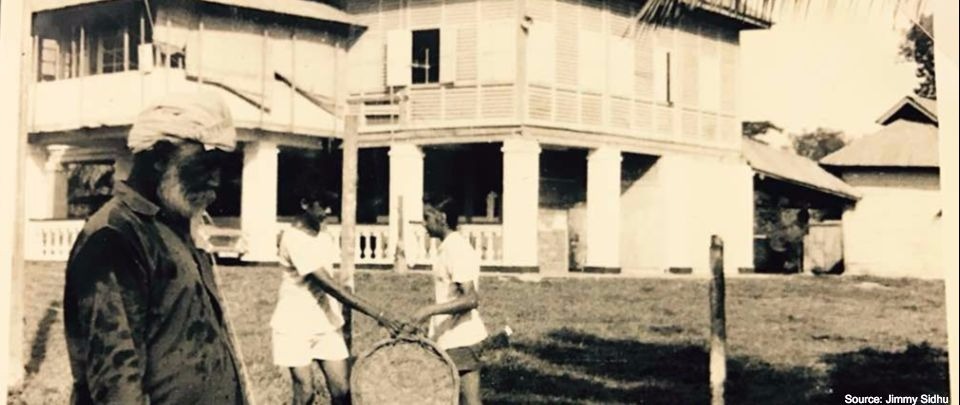
But now two cement companies want to demolish their home and build a mine
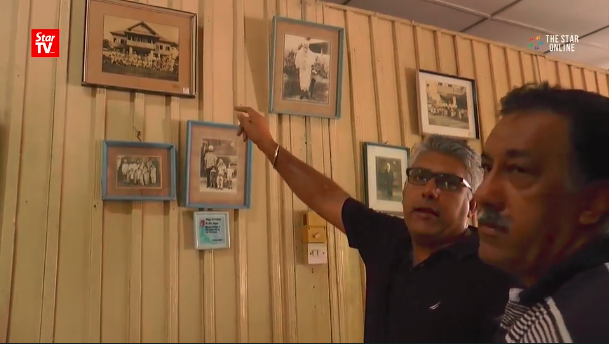
Grandfather’s House was built for mining activities and now it is going to be destroyed for mining activities. Oh the irony. 🙁
Somewhere between 1984 and 2003, the Selangor Government gave ownership of the land to two cement companies, Associated Pan Malaysia Cement Sdn. Bhd. (APMC) and Lafarge Malayan Cement Bhd. Although APMC took over as the new lease holder, the family still lived in the property without any interruption from any party… until 26 Sep 2005, when APMC sent them an Eviction Notice for the first time, but they refused to move out. The notice stated that the company would start land clearing works in May 2007.
“We were told they are removing 134 houses in this Kuala Garing area, including my house, to realign the river for flood mitigation. There has never been flood in Kuala Garing.” – Jimmy on BFM
In total, the Sidhus have applied for land alienation SEVEN TIMES since 1967, sadly all applications were rejected on the basis that the land now belonged to APMC. Then in 2007, Mahindar and 14 others filed a suit against them after the family was asked to vacate the premises.
Unfortunately, the lawsuit ended in disappointment for the Sidhus. The Shah Alam High Court ruled that the family was only settlers on the land. This decision was upheld by the Court of Appeal. To add insult to injury, the judge awarded them an absurd compensation of RM15,000, plus RM3,500 for moving costs. Total = RM18,500.
Unhappy with the ruling, Jimmy pleaded with Mentri Besar Datuk Seri Azmin Ali on 30 March for the State Government to reconsider the case, as the land still belonged to the state.
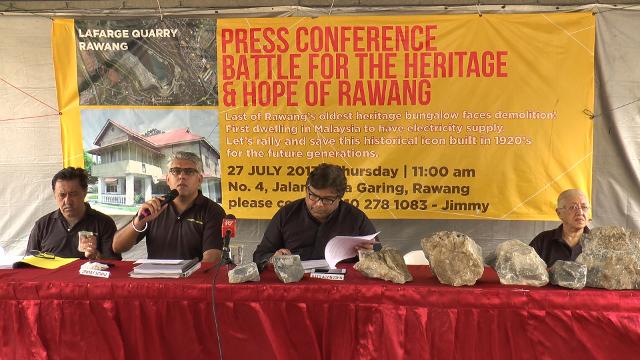
“Azmin replied on 7 April, saying that he had instructed Gombak District Officer Datuk Amirul Azizan Abd Rahim to look into the matter. However, we still have not received a reply, in spite of sending another letter to Azmin as well as the land office at the district and state levels on 21 July.” – Jimmy on The Star
Buttt… they want to demolish the first Malaysian house to have electricity? Shocking! 🙁 We wrote another story quite recently about how prehistoric caves in Merapoh almost got blown to smithereens for, you guessed it, cement. We also don’t particularly have a good record of preserving heritage la, like Lembah Bujang, the 1000-year-old temple site that was flattened by developers.
After losing their 10-year court battle, the Sidhu family has been told to leave their bungalow. They were given a grace period of 6 months, expiring on 20 Sep, the demolition date.
“Although my family and I are law-abiding citizens and will vacate the home come Sept 20, we will do all we can.” – Jimmy on Malaysiakini
Jimmy related that on 27 Aug, they gathered 129 family members to take a photo and view the home one last time before they had to move out. It was very emotional for everyone.
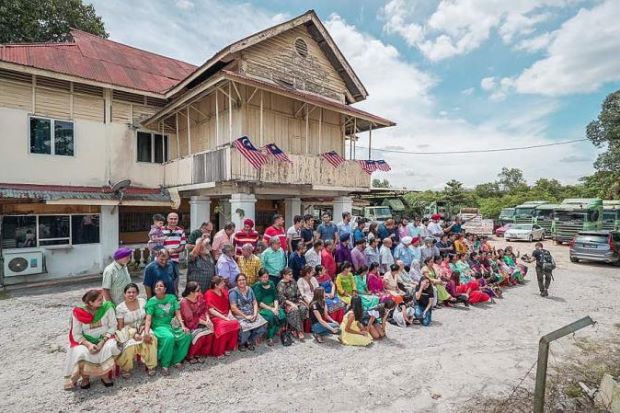
Can they still save their home? Jimmy has a plan
SO HOW? HOWW? What can one do to protect a building in Malaysia? Hmm…
You…. apply for ‘heritage status’!
Jimmy said they are in talks with the Selangor Heritage Department to see if their home warrants heritage status. If they achieve it, the bungalow would become a heritage building, signifying that it is important because of its history or the way they look. This status supersedes all other development or mining activities and protects the building from being destroyed or damaged, according to the National Heritage Act. (ahem, whether the authorities respect this law is another matter, but let’s not get into it k).
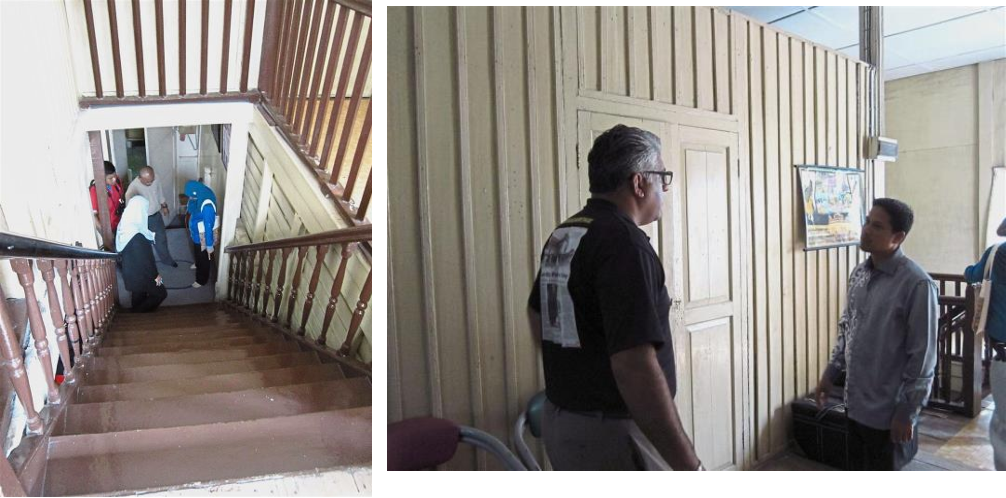
So, the National Heritage Department (JWN) visited their home on 7 Sep to evaluate its historical importance. Heritage Registration Director Mohamad Muda Bahadin said they would present their findings to a committee and it would be left to them to decide. Can you just feel the butterflies breakdancing in your stomach?
Realistically speaking, is there a chance the Sidhu home can be saved? Well, it is reported that Sino Malay Palladian architecture has been recognised by the JWN as eligible for protection and conservation. So you could say there is a chance la. And that’s all the family want… a fair chance for the bungalow to be declared a heritage building and saved.
“If the court would not let us stay, it is fine. But, at least, the bungalow should be preserved and given to the National Heritage Department (JWN) as it has historical value.” – said Jimmy
- 1.5KShares
- Facebook1.4K
- Twitter11
- LinkedIn17
- Email16
- WhatsApp59


